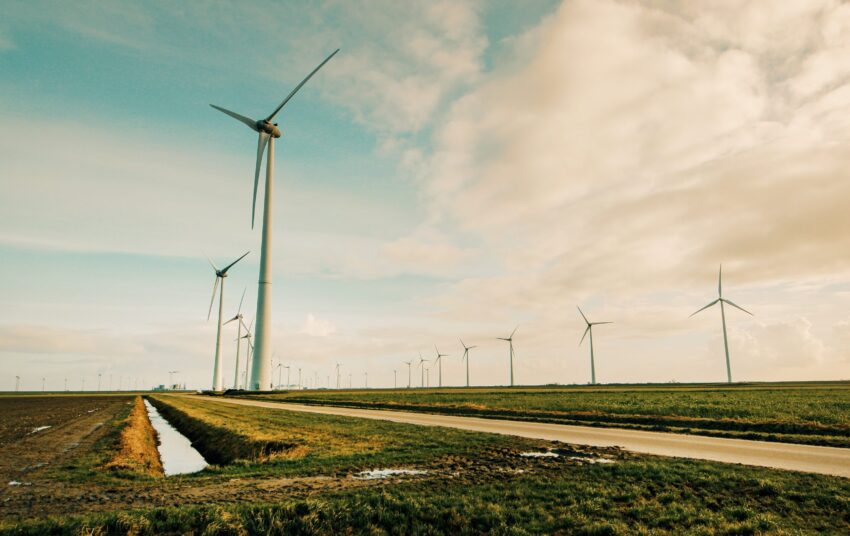AG INSIGHT | 11/06/2018
What should happen to the waste hierarchy after Brexit?

Libby Peake, Senior Policy Adviser, Resources at Green Alliance, discusses the Waste Hierarchy, whether it is fit for purpose and how can we ensure it will still be effectively implemented after Brexit
This blog is part of a blog series around the launch of the Aldersgate Group’s upcoming policy paper No Time to Waste: An Effective Resources and Waste Strategy. See here for the event summary.
Unlike some of the EU’s other guiding environmental principles, the ‘waste hierarchy’ is already enshrined in UK law. Specifically, the Waste (England and Wales) Regulations 2011 state that anyone controlling waste, must “take all such measures available… as are reasonable in the circumstances” to first prevent waste before moving down the list of priorities – to preparing for reuse, and on to recycling, recovery and, finally, disposal. In theory, this guiding principle is not at risk of immediately disappearing as we exit the EU and assume overall control of our waste policy for the first time in over 40 years.
The trouble is, despite the legal standing of the waste hierarchy, at both an EU and UK level, the bulk of policy attention (and, therefore, practical action) has focused on the middle of the hierarchy: recycling. In some ways, this is understandable, as it’s the easiest of the ‘R’s for people to grasp and for authorities to measure.
But this has meant that the driving force for our approach to resource use has been a weight based recycling target for municipal waste. As it has been applied in the UK, this has resulted in little attention being paid to other important aspects of the waste hierarchy. It has also resulted in some perverse outcomes – including councils collecting garden waste so they can count it towards their recycling rates, a particular bugbear of resources minister Thérèse Coffey. It would, of course, be better if that waste stream never entered the municipal system and was instead treated in back gardens or by community composting schemes, in line with another of those guiding principles – the one on proximity, which states that waste should be treated as close to where it arises as possible.
The focus needs to change
Whether or not the UK adopts the EU’s Circular Economy Package as planned, with its headline weight based target of 65 per cent recycling of municipal waste by 2030, the focus needs to change. The good news is that having weight based recycling targets does not preclude introducing other metrics alongside them, based on carbon or natural capital, for instance. It also does not preclude putting long overdue emphasis on reduction and reuse.
Looking around the UK, we know that this is possible. England used to have a waste minimisation target. Wales still does – and reduced overall household waste generation by two per cent a year between 2006-07 and 2013-14 at the same time as boosting municipal waste recycling. The latest figures suggest it has nearly reached the 65 per cent mark already. Scotland, meanwhile, first introduced a carbon based waste metric in 2013 and continues to run it alongside weight based recycling targets. Further afield, Spain became the first European country to introduce a specific, binding target for reuse in 2016, and other countries have introduced policies that target reuse, like Sweden’s reduced VAT for repairing goods.
And taking the ethos of the waste hierarchy to its logical conclusion, which as set out in EU and UK law is also meant to deliver the best environmental outcome, more effort is needed to reduce the hazards posed by waste (not just its overall quantity) while incentivising the right kind of recycling. There is no use perpetuating dangerous chemicals by recycling them when they are present in plastics, for instance, and policy must increasingly encourage more high quality, closed loop recycling. The existing targets push material into the recycling collection system, but do nothing to ensure they are used or even useable in secondary markets. Renewed government policy in this area could go a long way towards addressing this market failing (look out for an upcoming Circular Economy Task Force report that sets out how).
In addition to the need to shift focus towards reduction and reuse, there are also increasing calls for the introduction of a ‘resources hierarchy’ to complement the existing waste hierarchy. This recognises that the world has moved on from when waste legislation was first introduced (substantially, it must be said – as the UK’s first waste laws largely grew out of the need to prevent the diseases that thrived in the urban squalor of nineteenth century cities…). Now that we are firmly established in the twenty first century, and know a lot more about our planet’s limits, the need to manage resources in a sustainable way is becoming ever more pressing. The government’s target to double resource productivity by 2050 and even the title of Defra’s promised strategy – putting resources before waste – show that the thinking, at least, is shifting. Now we just need the policies to follow suit.
Libby Peake is Senior Policy Adviser, Resources at Green Alliance


